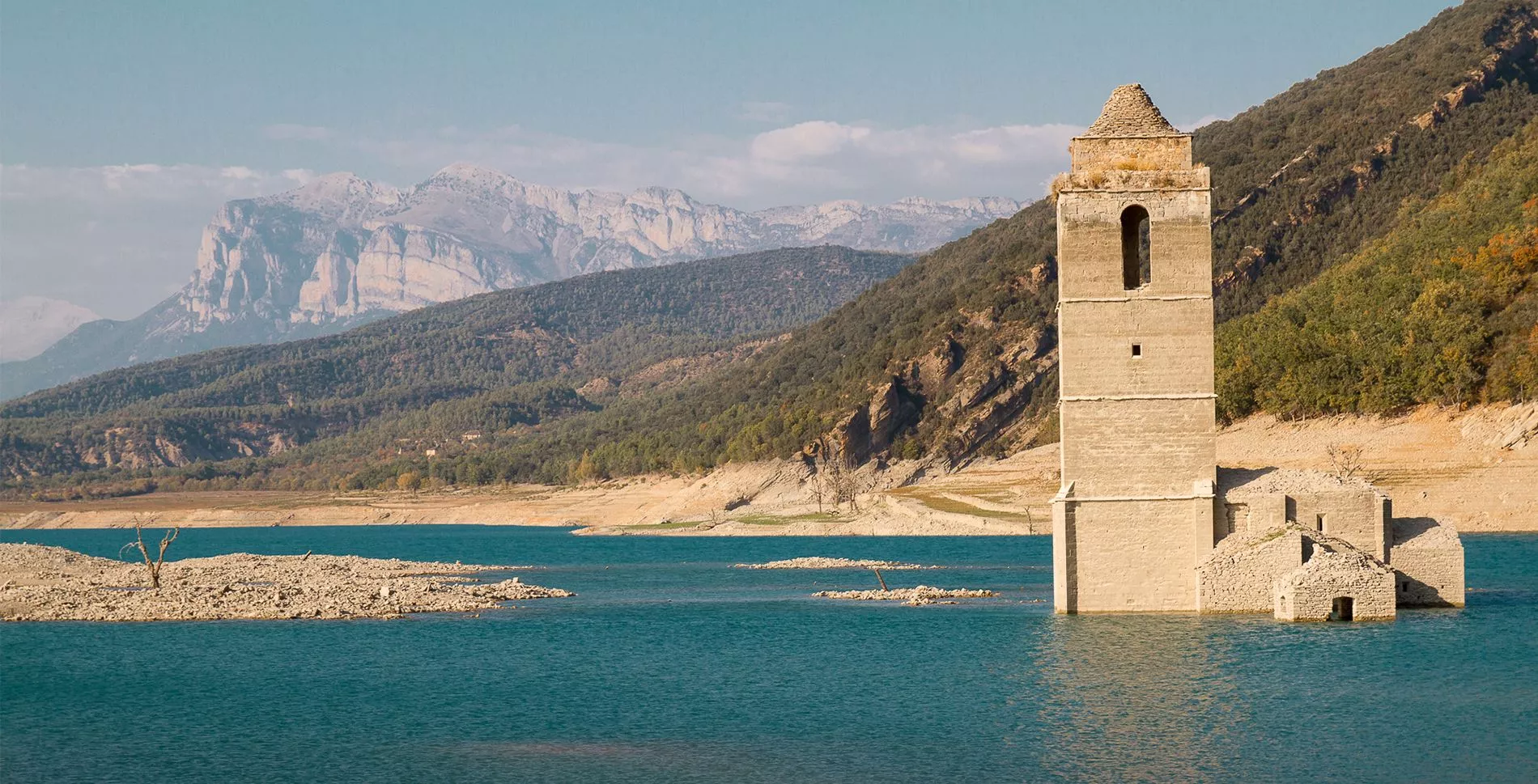Get 10% off and be the first
to discover new brands!
The Fair Cottage is pleased to host a guest post from Land & Leute Reisen, a Berlin-based travel platform that promotes local providers of sustainable tourism in rural areas of Spain and Morocco. In this post, Alvaro of Land & Leute walks us through the Pyrenees experience, reviewing a journey of intricate history and breathtaking sights, embarked upon with a style of travel that's in balance with nature and local livelihoods.
Immersed in an Impressive Landscape
The Mediano dam´s turquoise waters welcomed us in the Sobrarbe County. It had been a three hour drive from Barcelona´s airport, and we were really excited to arrive in Banaston. This tiny village is located walking distance from Ainsa, where most services are based. The other places we planned to visit were located no more than 50km away, with the itinerary being designed in view of using the van as little as possible. What’s more, many of the travelling party collaborated to offset the CO2 emissions of their flights by donating to certified climate protection projects via Atmosfair.
Our home during the next week was to be a grand old stone farmhouse dating back to the 17th Century named, Casa Blas. This beautiful cottage was rebuilt using sustainable building practices, actively minimises the use of energy and water and is sanitised using ecological certified cleaning products. We quickly felt at home in our eco-conscious dwelling, especially when Ana, our local host, surprised us with a tasty dinner made of regionally sourced products. Throughout our trip, we endeavoured to purchase only from local farmers and family-based supermarkets, acquiring organic products where possible.
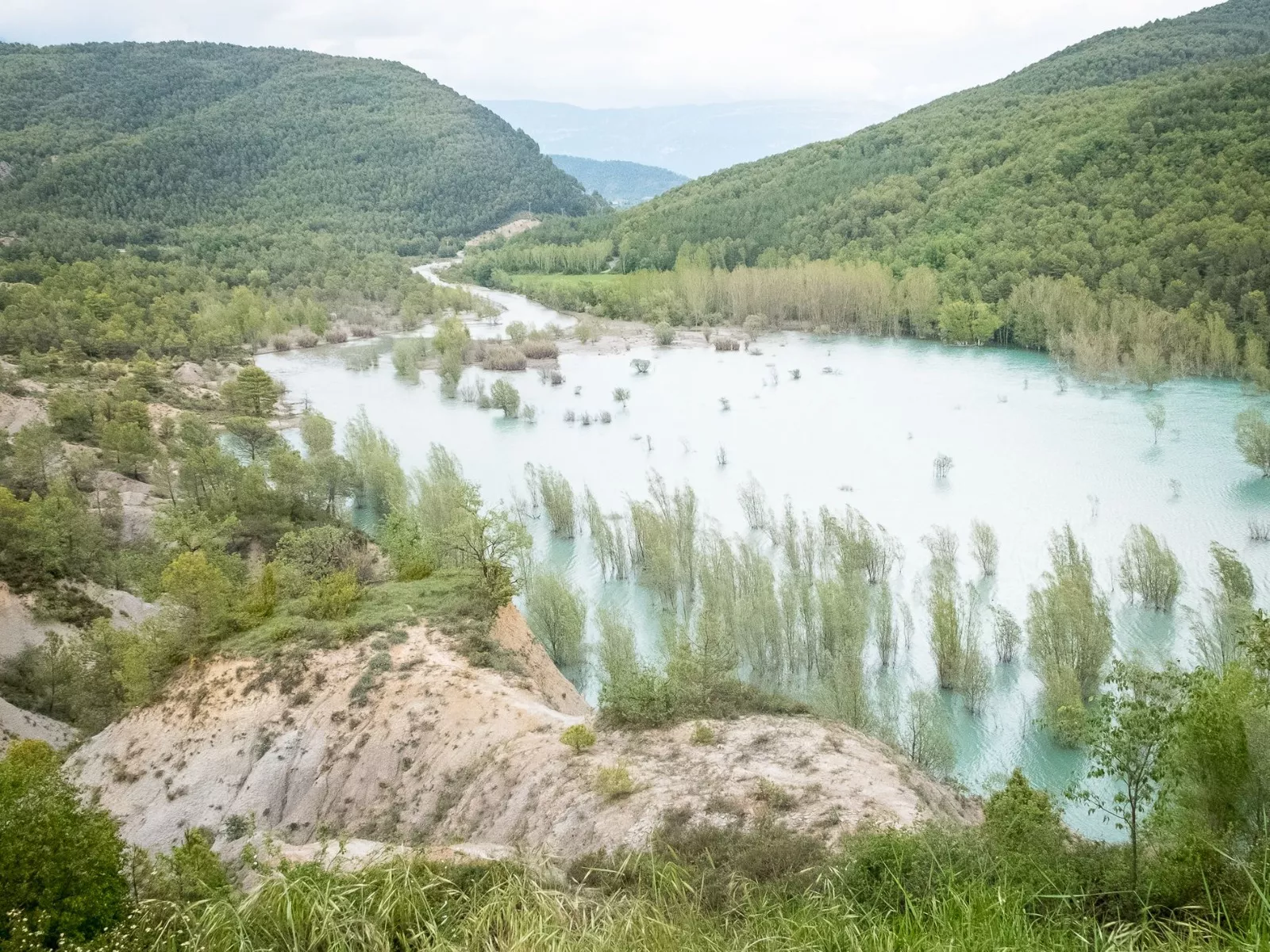
Abandoned Villages and Traditional Lifestyles
On our first day we visited the Congosto de Entremon, where the Cinca River flows through the canyon and separates the Mediano and El Grado dams. We walked about two hours along a narrow path in the upper part of the Canyon, enjoying a unique landscape before reaching the huge concrete wall. At the top of the dam we listened to the terrible stories from the families who lived in Mediano during the construction of the dam. In 1969 they had to escape from the rising water in the middle of the night. To this day it is still not clear who took the decision to open the floodgates at the bottom of the dam.

We arrived to Escartín, an abandoned mountain village, on the second day, after a beautiful but relatively hard four hour trek. This village, located in a precious enclave, was abandoned in the fifties, as several others in the Pyrenees were. Many of the old inhabitants left seeking a better future in Zaragoza or Barcelona. Walking through the empty streets and exploring the abandoned houses was a magical experience. On the way back we were able to swim in the natural pools of the Forcos Gorge and we finished the day feasting on a regional speciality; rabbit in chocolate source.
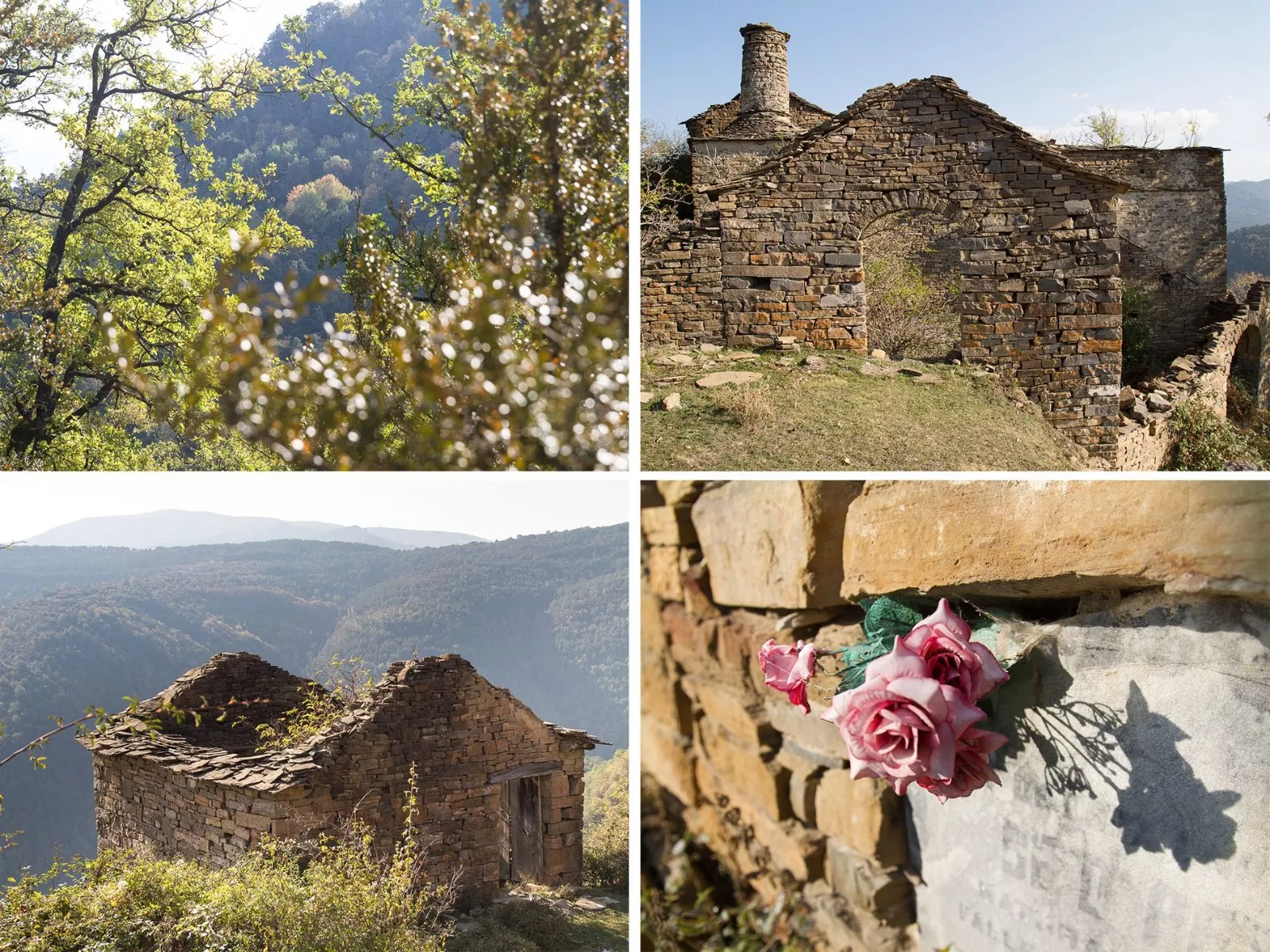
Encountering and Supporting the Newcomers
The Sobrarbe County also offers inspiring stories, such as that of Gerbe, the small village where Ana, our local host, was born and raised. There, the new inhabitants restored some of the ruins 30 years previous, converting the abandoned village into a place where almost any visitor would dream of living. On our visit to Gerbe we helped build a bank for the new viewpoint, got in touch with the daily life of the newcomers and tasted the very best Rancho at Miguel Angel´s house. We liked it so much in Gerbe that a couple of days later we went back and took the opportunity to paddle across the Mediano Dam´s waters.

Eco-tourism is for the Gerbe inhabitants a great opportunity to make a living in this harsh territory. But aside from minimising the ecological footprint, tourism can only be sustainable if there is a cultural exchange rather than an invasion and local providers are empowered to organise and reap the benefits of the tourist experience. In other words; if it is not fair and respectful, it is not truly sustainable, even though it might be considered so from an environmental perspective. All the local providers in Gerbe, and everywhere else along the trip, were carefully selected by Land & Leute Reisen to fulfill those requirements, with everyone being fairly treated and paid, following the Tourcert guidelines.
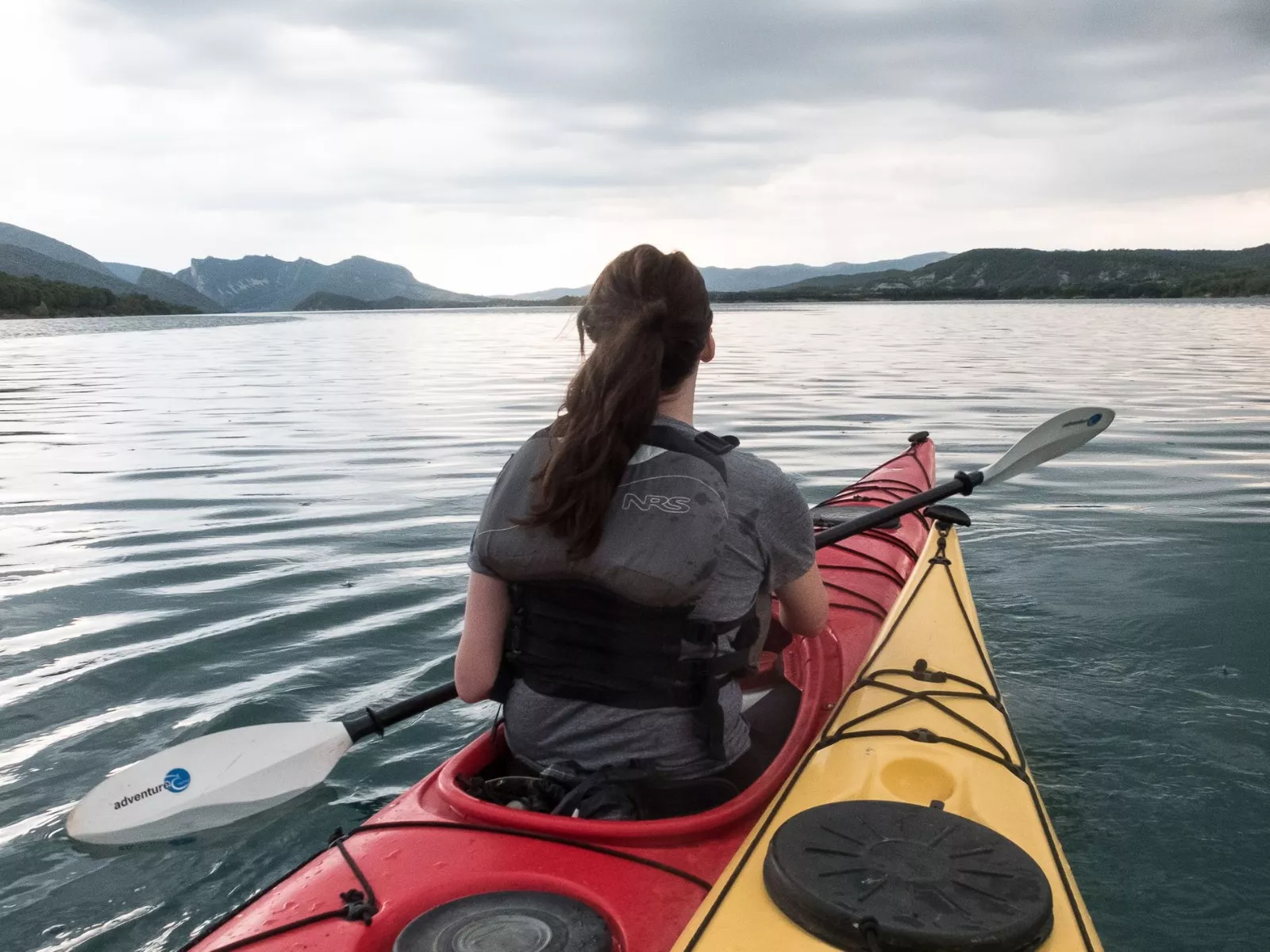
The Ordesa y Monte Perdido National Park
At the end of the week we visited the Ordesa and Monte Perdido National Park and went all the way up to Mondoto Peak. In 1927 this area was the first to be designated as protected in Spain, saving it from the unscrupulous hands of unsustainable developers, especially those attempting to convert the Pyrenees into a huge high rise resort. At the summit we were surrounded by the majesty and silence of the Pyrenees and were privileged to observe the depth and wilderness of the amazing Añisclo Canyon. Just pure nature. A unique calcareous landscape. It was the perfect way to end a wonderful green getaway. Finally, we bade a last farewell to the Sobrarbe County by enjoying Rosa´s regional cuisine and a couple of bottles of Somontano Wine.
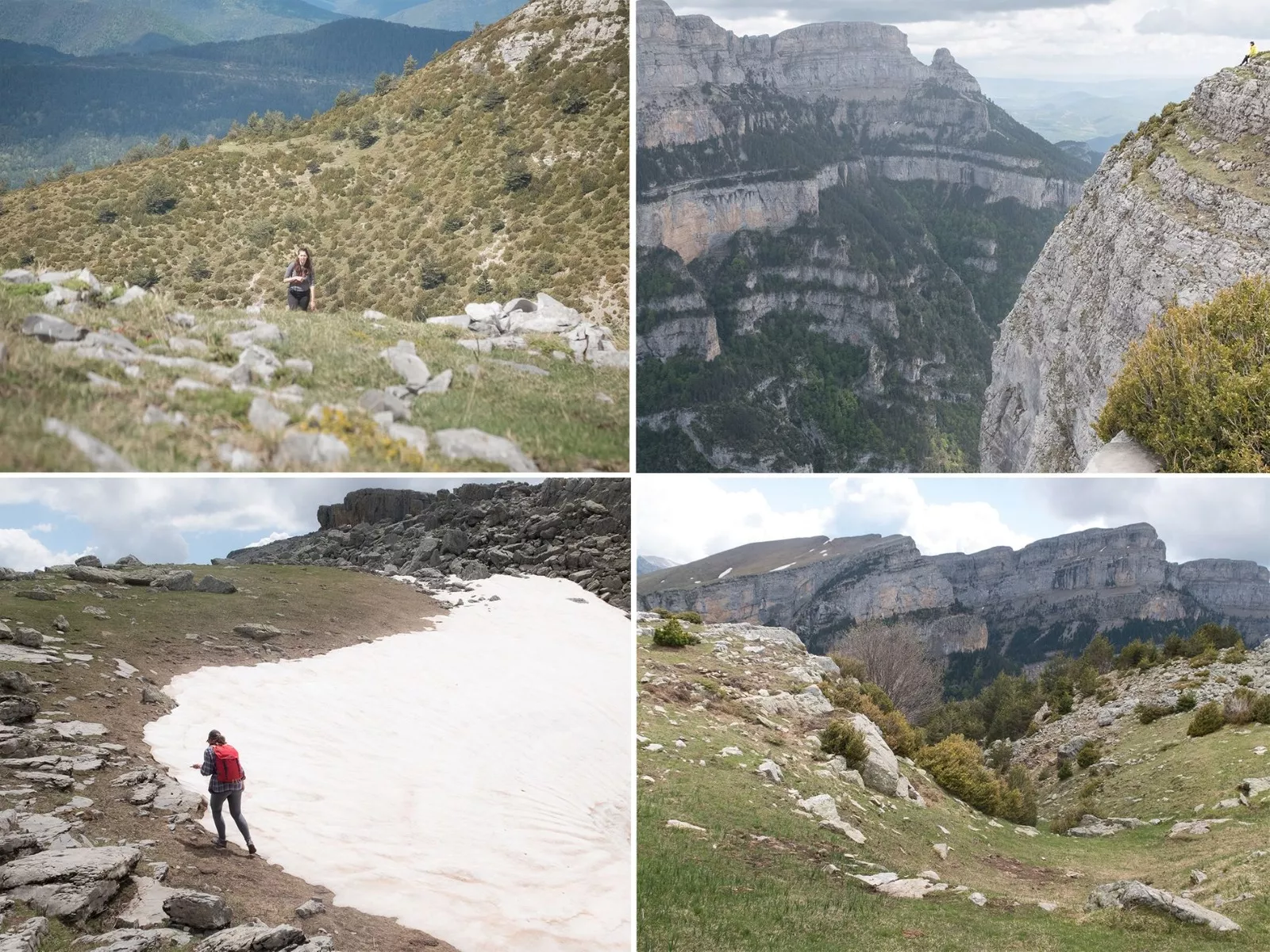
Feeling like travelling to the Sobrarbe County? Land & Leute Reisen are organising a group trip 16th - 28th May 2019 and can provide individual travellers with free travel information. We strongly recommend you to contact Pirinature if you are looking for botanical itineraries, snow raquets or guided round trekking tours.


